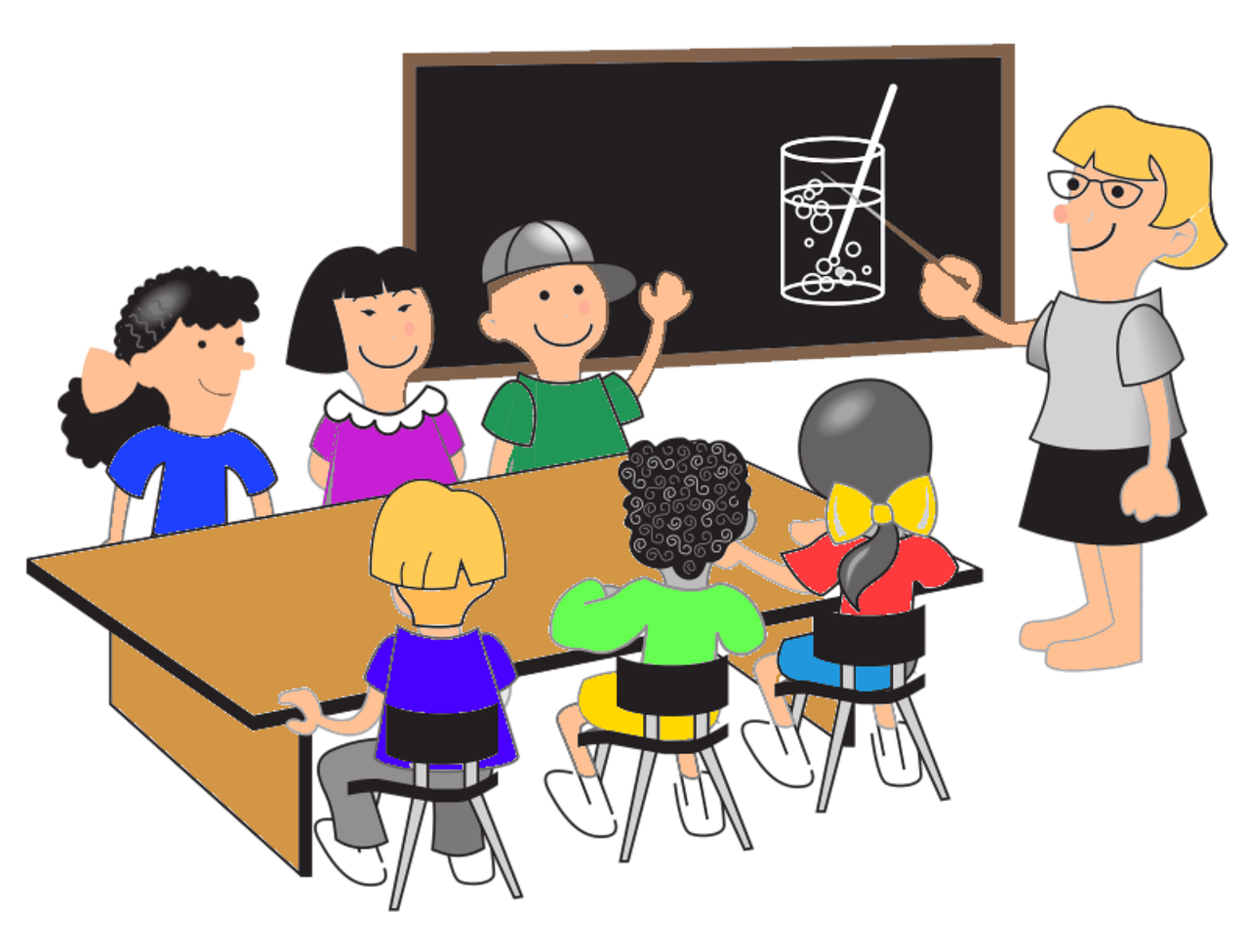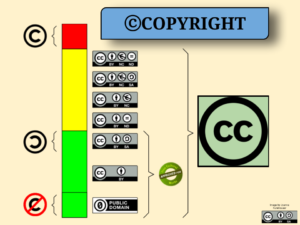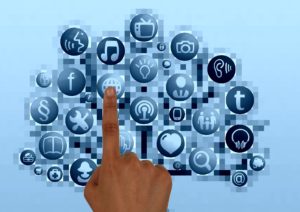Video by Royce Kimmons
Teaching is a profession that has many legal implications, and one of them is the correct use of copyright and fair use in terms of the instructional materials used. Copyright is a form of protection that the United States give to all original creative work in which only the author has the privilege of reproducing, copying, creating derivative work, publishing, performing or producing income base on previously mentioned work. In a strict sense, copyright would make it impossible to use any portion of any creative work for any reason without the authorization of the creator or without paying royalties for the use.
For students and teachers, the use of full copyright in school without alternative options to access other people’s works would have severe implications. Imagine schools in which teachers cannot give access to students to the latest information produced by experts or where students cannot study any portion of any literary work, movie or research study during class. It would be in detriment of education and constitute a barrier between students and knowledge.
Thanks to the Fair Use Law and Creative Commons work from hundreds of people, educators all over the country are allowed to use copyrighted work for instructional purposes within the classroom setting without the need to request a license. Students can also use snippets of that information to develop school work that will help them build their knowledge over time. When teachers model good digital citizenship and teach students the proper ways to use and credit copyrighted work, they ensure the continuous accessibility of those works without affecting the rights of the creators. Educational fair use of all materials enhances the teaching and learning process by creating a connection between real-world creations and classroom content improving the overall quality of education available as well as allowing youth to build on past experiences and knowledge of others.
Image by OpenClipart-Vectors from Pixabay




